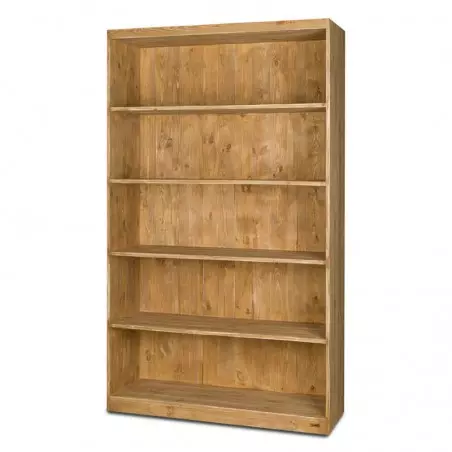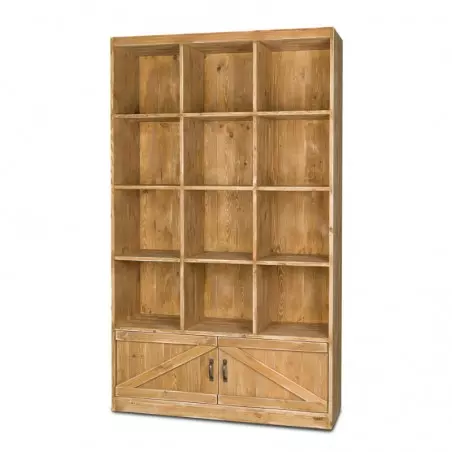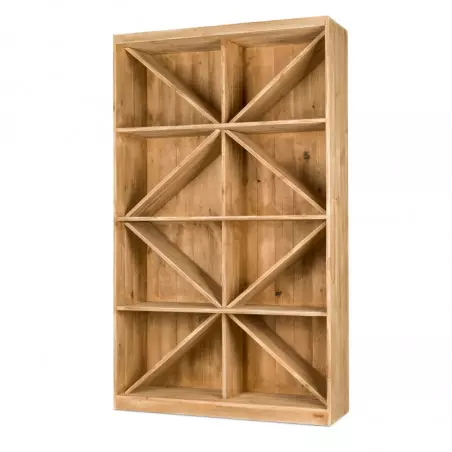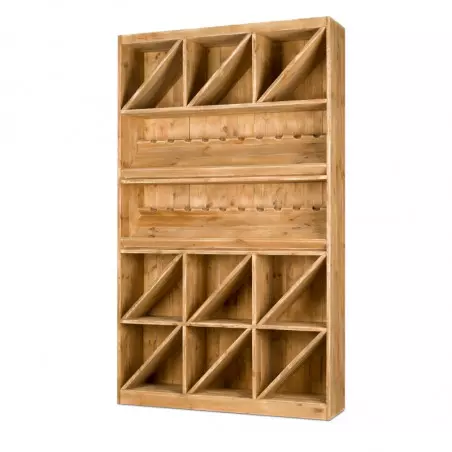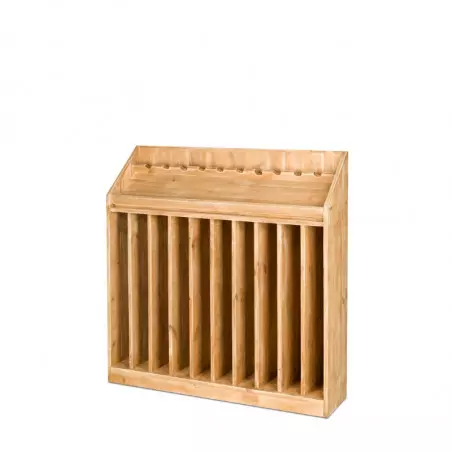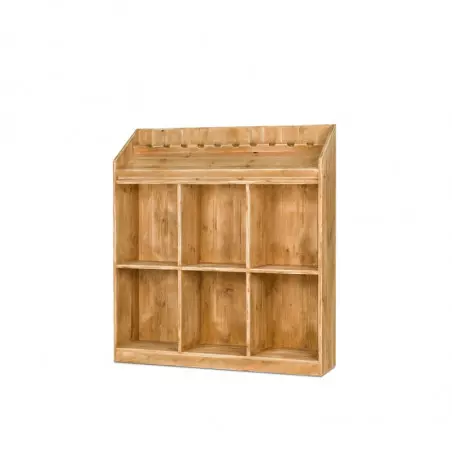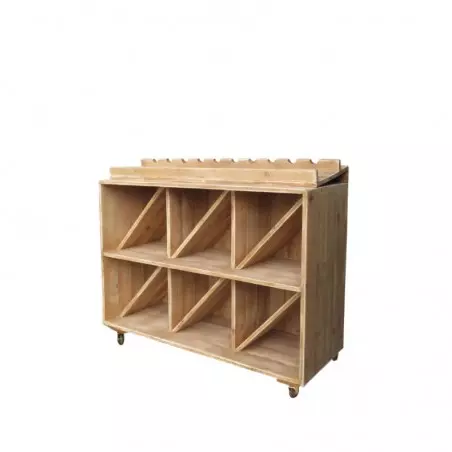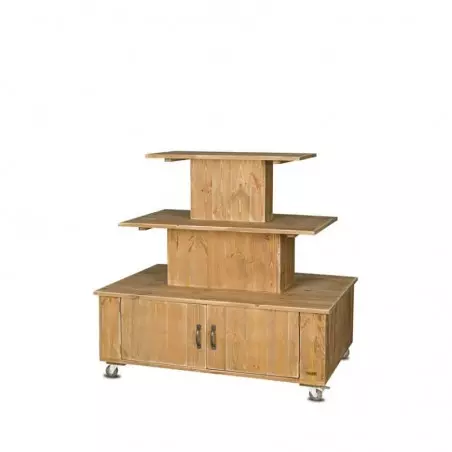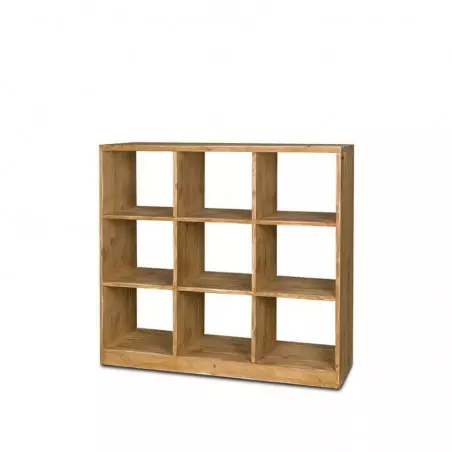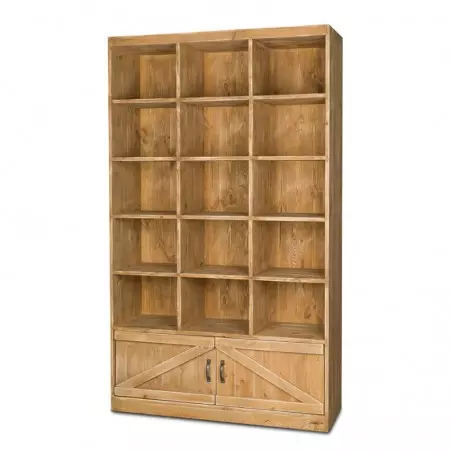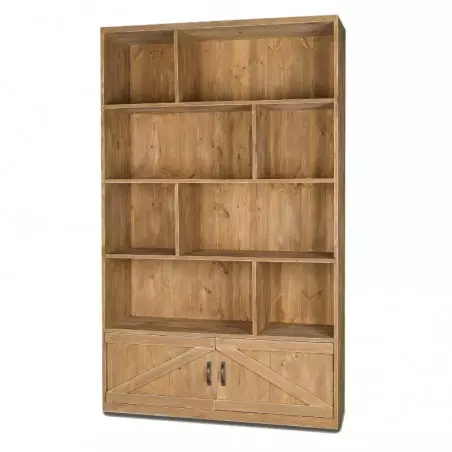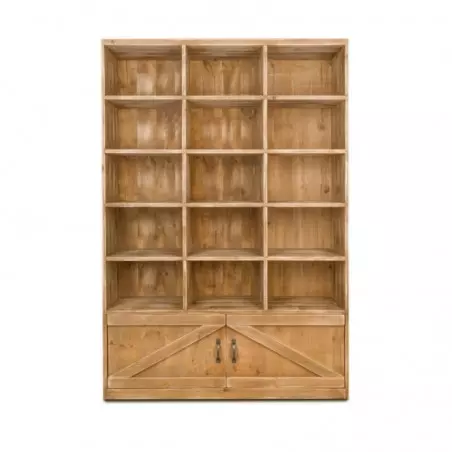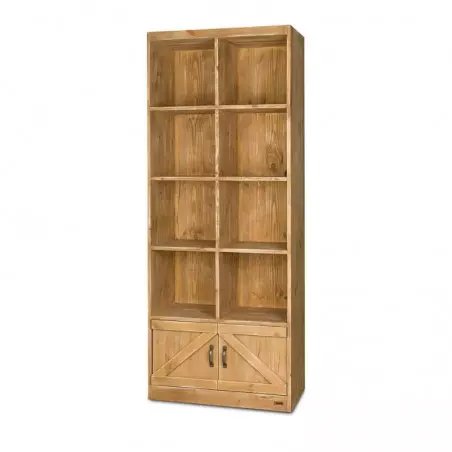Contact us on 05 46 94 15 94 Deliveries are available in France, Belgium and Luxembourg | Minimum purchase amount 500€ exc VAT
Menu
-
MenuBack
-
Products
-
-
-
By profession
-
-
-
By profession
-
-
-
-
-
By product category
-
-
-
By profession
-
-
-
-
-
By product category
-
-
-
-
-
-
By product category
-
-
-
By profession
-
-
-
Business
-
- Destocking
- Second-hand
-
Customer projects
-
-
My layout project
-
Finding the right location for your store: practical tips
Finding the right location for your store is a strategic step for any professional wishing to launch their activity.
As a specialist in solid wood furniture for professionals (wine merchants, delicatessens, florists, ready-to-wear, cafes, restaurants...), we know to what extent the environment in which you are implanted directly influences the commercial performance of your store.
This article will guide you step by step to make the best choice of commercial location, avoiding common mistakes and focusing on essential criteria.
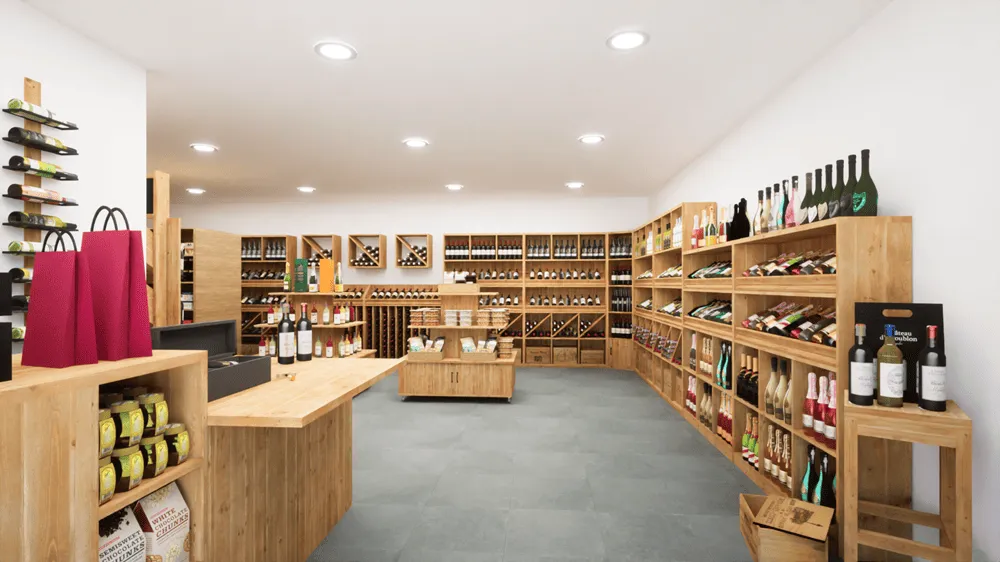
💡 Need help to arrange your business?
Discover how our team can assist you in your project.
🕐 4 min of reading | Published on: 06/13/2025
The importance of good location
The impact of a good location is immediate: it guarantees maximum visibility, facilitates access for customers and strengthens your brand image. A good location allows you to benefit from a natural flow of passers-by without having to invest excessively in local communication.
In parallel, it also influences the shopping experience: a customer who easily finds your store and appreciates its environment will be more likely to return. A bad location, even with an excellent product, can seriously harm your sales. It is therefore essential to settle where your target clientele is already.
.webp)
Criteria to consider for a commercial location
Accessibility and circulation
Accessibility is a key criterion. Your store must be easy to find, but also to achieve. This involves nearby highways, available parking spaces, public transport nearby, and a welcoming pedestrian environment.
A good location is usually in a well-served area, whether it’s downtown, on a shopping street or on the outskirts depending on your target. Also consider observing the traffic flow: the number of passers-by or cars directly influences your chances of attracting new customers.
Proximité des concurrents
The presence of competitors can be an advantage or a disadvantage. Being close to other similar stores attracts an already qualified clientele, accustomed to coming to this area to shop. But if the market is saturated or if your competitors are well established, it can complicate your positioning.
Study their offer, their positioning, their clientele and see how you can differentiate yourself. The objective is to take advantage of the synergy of a shopping district without entering into a price war.
Demographic analysis
Demographic analysis involves studying the characteristics of the population in the targeted area: age, purchasing power, consumption habits, residential or tourist density. For example, a young and urban district will be conducive to trendy ready-to-wear businesses, while an upscale residential area will be more favorable to a delicatessen.
A good location is one that meets the needs and expectations of your typical customers. Chambers of commerce or town halls can provide you with this data free of charge.
In stock

Do you have a layout project?
You want to furnish your commercial space, our team supports you in a personalized way throughout your project.
Market studies to evaluate the location
Market research is the number one tool to verify that your business location is viable. It allows you to know the expectations of your target audience, evaluate the competition, measure the economic potential of a neighborhood, and anticipate future developments. It can include field surveys, data analyses, flow observations or interviews with residents, in order to accurately determine where the right location for your business is.
A good market study will allow you to adjust your offer, your communication and your layout, based on local expectations. To highlight your products, consider investing in a wooden counter and store shelves adapted to your activity, which will strengthen your image and facilitate customer relations.
Strategies for finding a good location
Several strategies can help you find the right location. The first is observation: walk through the neighborhoods you target, at different times of the day and week, to measure actual activity. Then, consult the real estate listings and call on commercial real estate professionals who know the land well. Don’t forget to visit the places in person: the direct environment, the state of the premises, the visibility from the street are all details that can make the difference.
You can also analyze the city’s urban planning projects to anticipate favorable developments (new housing, street renovations, office openings...). Finally, think about the consistency between your offer and your location: a high-end store requires a location that meets the standards, while a local business can settle for a residential area. To optimize your sales area, equip yourself with solid wood displays that promote your products while structuring the space.
Mistakes to avoid when choosing a location
Ignore local analysis
One of the most common mistakes is choosing a space based solely on its appearance or price. However, a good location is not judged only with the naked eye. It is necessary to analyze the neighborhood, the flows, the clientele, the competitors. Ignoring this local dimension can lead you to find yourself in a neighborhood without affluence, or poorly suited to your target.
Take the time to meet with neighbouring traders and consult available economic data.
Underestimate the associated costs
A good location can be expensive, but be careful not to underestimate all the costs: rent, charges, works, local taxes, furnishings, local advertising...
Some very visible locations can quickly become financial sinks if you do not anticipate your break-even point well.
Do a rigorous forecasting study before signing. Investing in durable and quality furniture is an excellent way to make money in the long term while offering a neat presentation of your products.
Join + of 2500 merchants who trust Tradis
Stay informed about our offers and professional advice

